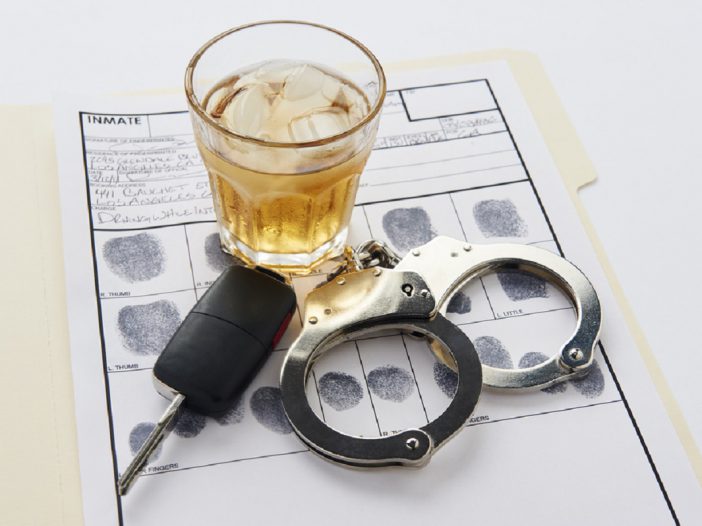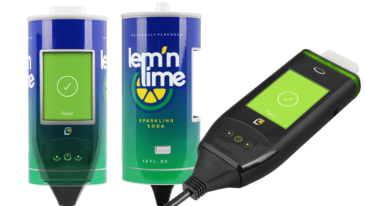
Driving drunk is a serious problem in America. The United States Department of Transportation reported that 10,874 people were killed in crashes involving alcohol, accounting for nearly a third of all driving-related deaths in 2017. According to MADD, every day, people drive drunk more than 300,000 times but only about 3,200 are arrested. Of those arrested, their specific circumstances and driving history influenced whether or not they were charged with a misdemeanor or felony.
Below, we will discuss the differences between the two.
DUI Misdemeanor vs Felony
According to California Penal Code, a misdemeanor is defined as follows: “A crime punishable by imprisonment in a county or city jail or detention facility not to exceed one year.” It is a lesser violation of the law but is still considered more serious than an infraction. Typically, it involves a heavy fine, a short prison sentence, and sometimes, a mandated installation of a car breathalyzer.
A felony, on the other hand, is considered to be far more serious than a misdemeanor. In California, “it is a serious crime that carries a maximum sentence of more than one year in jail or prison. The most serious California felonies can even be punished by death. People convicted of a felony in California may also be fined up to $10,000 in addition to—or instead of—imprisonment.”
In regard to DUIs, a DUI can be separated into one of three categories; DUI, Extreme DUI, and Aggravated DUI. Misdemeanor or felony sentencing is often tied to these tiers.
DUI
A normal DUI, not to be confused with a DWI, occurs if you are older than 21 and have a BAC (blood alcohol content) that is .08 or higher. Although it depends on the state, most states will consider this to be a misdemeanor. Below are some facts about driving under the influence:
First DUI misdemeanor offense – If this is your first offense, you may incur the following:
- 1 to 10 days in jail
- A fine ranging from $250 to $2,500
- Two $500 assessment fines
- A suspended license of 90 days
- Mandatory installation of an ignition interlock device
- Driving and alcohol school
Second DUI misdemeanor offenses – Repeat offenders face much stiffer penalties, including:
- 30 to 90 days in jail
- A fine ranging from $500 to $5000
- Two $1,250 assessment fines
- License revocation for a year
- Mandatory installation of an ignition interlock device, if you apply for a conditional license
- Driving and alcohol school
Third DUI misdemeanor offense – A third DUI violation within a 7-year window can be charged as a felony. It will carry a mandatory 120-day prison sentence, driver’s license revocation, and much higher fines. In addition, you will need to attend alcohol treatment/education and may be required to do community service.
Extreme DUI
If your BAC is .15 or .2 in certain states, this is classified as a misdemeanor extreme DUI.
First extreme DUI misdemeanor offense – If this is the first offense, you will likely incur the following punishments:
- 30 to 45 days in jail
- Fines and assessments surpassing $2,500
- License suspension of a year
- Mandatory alcohol treatment, screening, and education
- Community service
- Installation of an ignition interlock device
Subsequent extreme DUI offenses – Another extreme DUI can result in a felony conviction. This can carry harsher penalties such as:
- 120 – 180 days in jail
- Fines and assessments surpassing $3,250
- License revocation of at least a year
- Mandatory alcohol treatment, screening, and education
- Community service
- Installation of an ignition interlock device
Aggravated DUI
Even if it is your first time, aggravating circumstances can turn what would be a DUI misdemeanor into a DUI felony. Potential aggravating circumstances include:
- .15+ BAC
- 3 DUIs within an 84-month period
- Bodily injury
- Child endangerment
- Driving without a valid driver’s license
- Fleeing a police officer
- Having an interlock device on the motor vehicle
- On probation for another crime
- Prior DUI conviction(s)
- Property Damage
- Reckless driving, especially high speeds
A felony aggravated DUI carries the following punishments:
- Mandatory prison time
- License revocation
- Steep fines and assessments
- Multiple years of alcohol treatment, screening, and education
- Extensive community service
- Multiple years with an ignition interlock device
In California, felony DUI sentencing looks like this:
- 2 to 4 years in state prison
- Fine between $1,000 and $5,000
- Two assessments of $2,500
- Habitual Traffic Offender status lasting 3 years
- Loss of driver’s license for anywhere from 1 to 10 years
- 18-month driving programs
- Mandatory alcohol rehabilitation program
- 5 years of probation
- A minimum of 1 year with an ignition interlock device
3 Automatic Ways for a Misdemeanor DUI to be Changed into a Felony
4 DUIs within 10 years – If you manage to accomplish this ignominious feat, you are a clear danger on the road to yourself, but especially to your motoring neighbors. 4 violations is a clear sign that you have a serious drinking problem that needs addressing.
Serious injury – If you are found guilty of a DUI in addition to violating another traffic law and of causing injury to someone else, you can be charged with Vehicle Code 23153, which is a felony. Serious injury can refer to anything that caused the victim to seek medical care.
DUI with a fatality – Drivers who have a BAC of .08+ and caused the death of another person can be charged with gross vehicular manslaughter. A charge of gross vehicular manslaughter carries the penalty of:
- 6 to 10 years in state prison
- If you have 2 prior DUI convictions, that could result in 15 years to life.
- Fines as high as $10,000
- Loss of driving ability for at least 3 years
Drive Responsibly
Although a felony conviction carries much harsher DUI penalties, both can be completely life-altering events that result in jail time, steep fees, loss of driving privileges, traffic school, and the installation of an interlock device. Simply put, it is never worth it to drink and drive. If you do go out, protect yourself and others by making a smart decision to either call a ride or designate a sober driver. Driving while intoxicated or driving under the influence could cost you a lot more than just a fine.
Sources:
NHTSA. Drunk Driving. https://www.nhtsa.gov/risky-driving/drunk-driving
MADD. Each day, people drive drunk more than 300,000 times, but only about 3200 are arrested. https://www.madd.org/blog/stats/each-day-people-drive-drunk-more-than-300000-times-but-only-about-3200-are-arrested/
California Penal Code 19.2. Misdemeanors. http://www.oclaw.org/research/code/ca/PEN/19.2./content.html#.XNM54pNKgWq
Shouse Law Group. Legal Definition of a “Felony” under California Law. https://www.shouselaw.com/felony.html
Driving Laws. California DUI: What are the Penalties? https://dui.drivinglaws.org/resources/dui-laws-state/penalties-dui-california.htm
Aizaman Law. DUI Causing Injury. https://aizmanlaw.com/dui-causing-injury/


